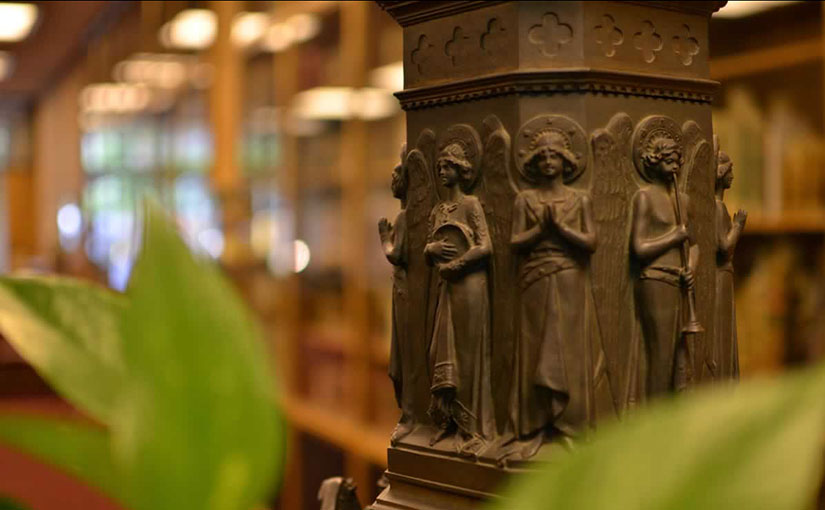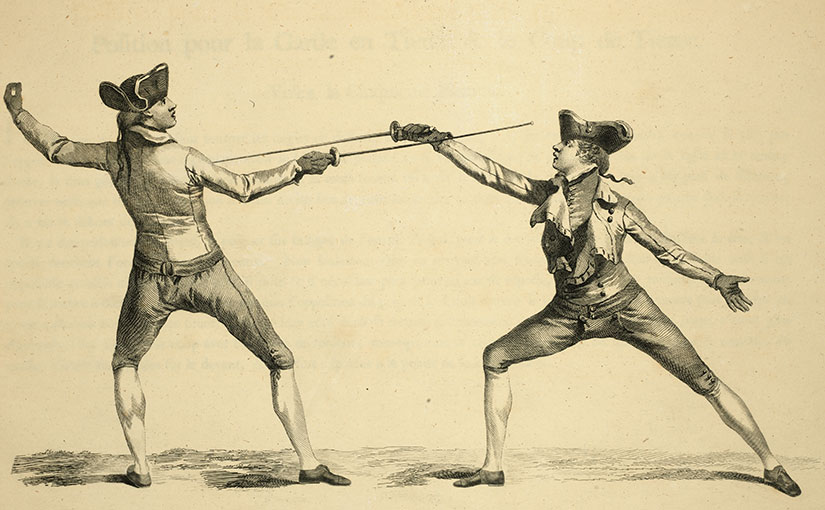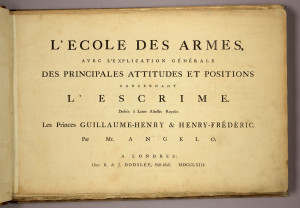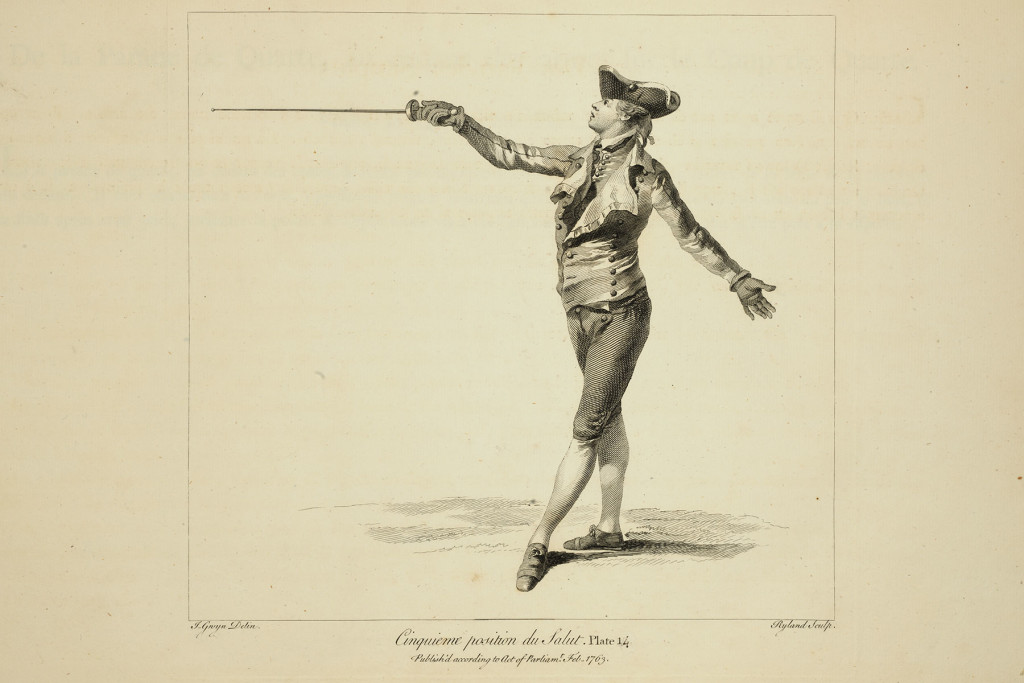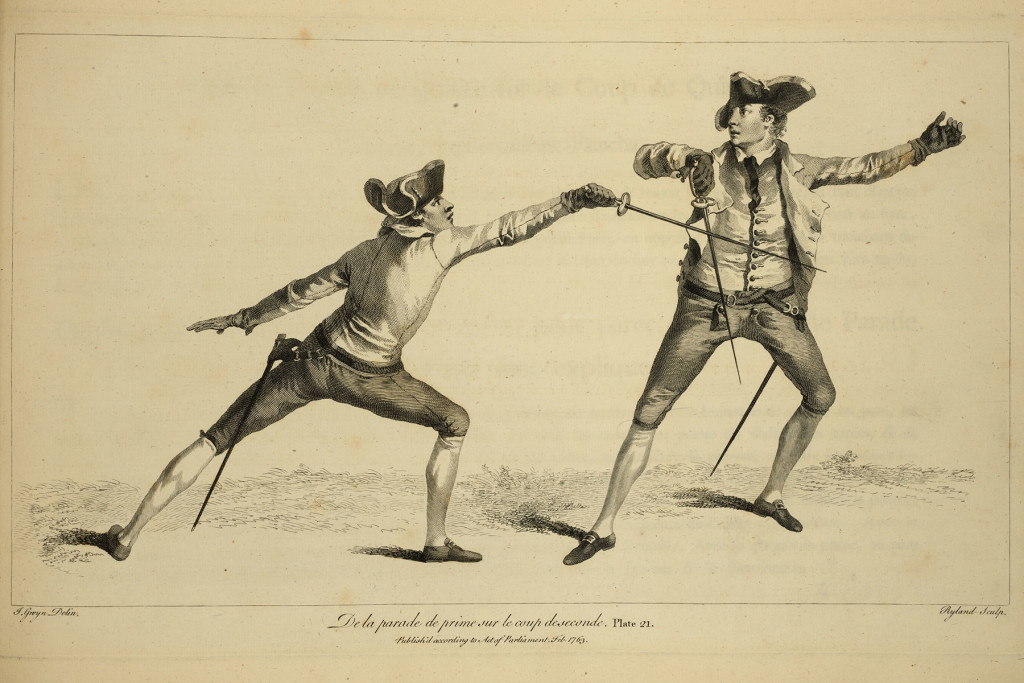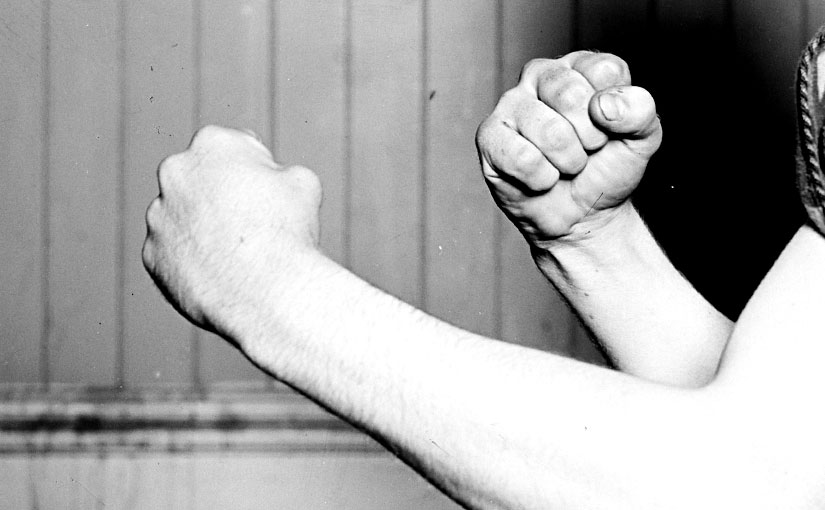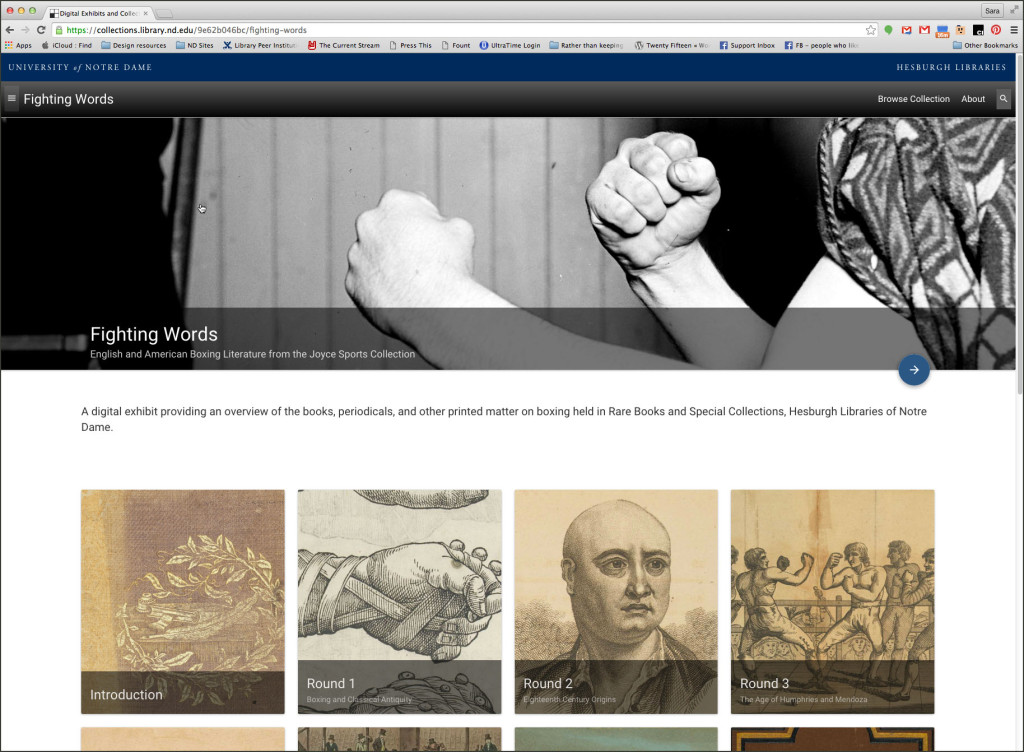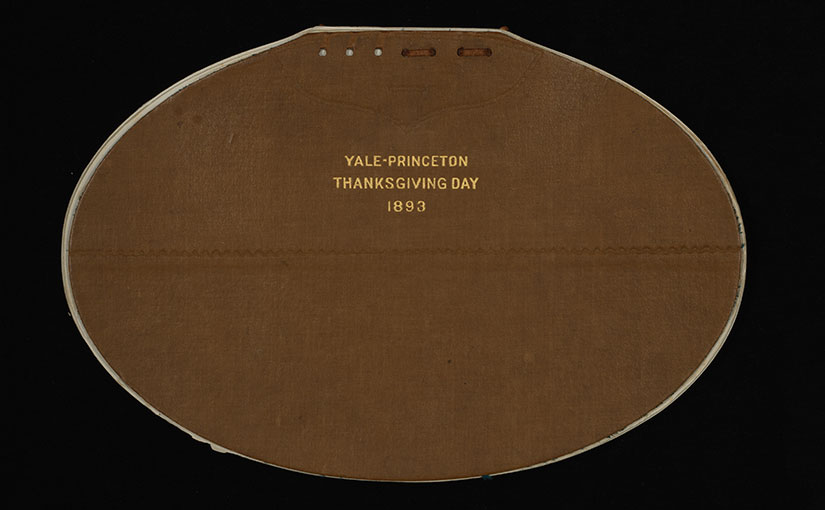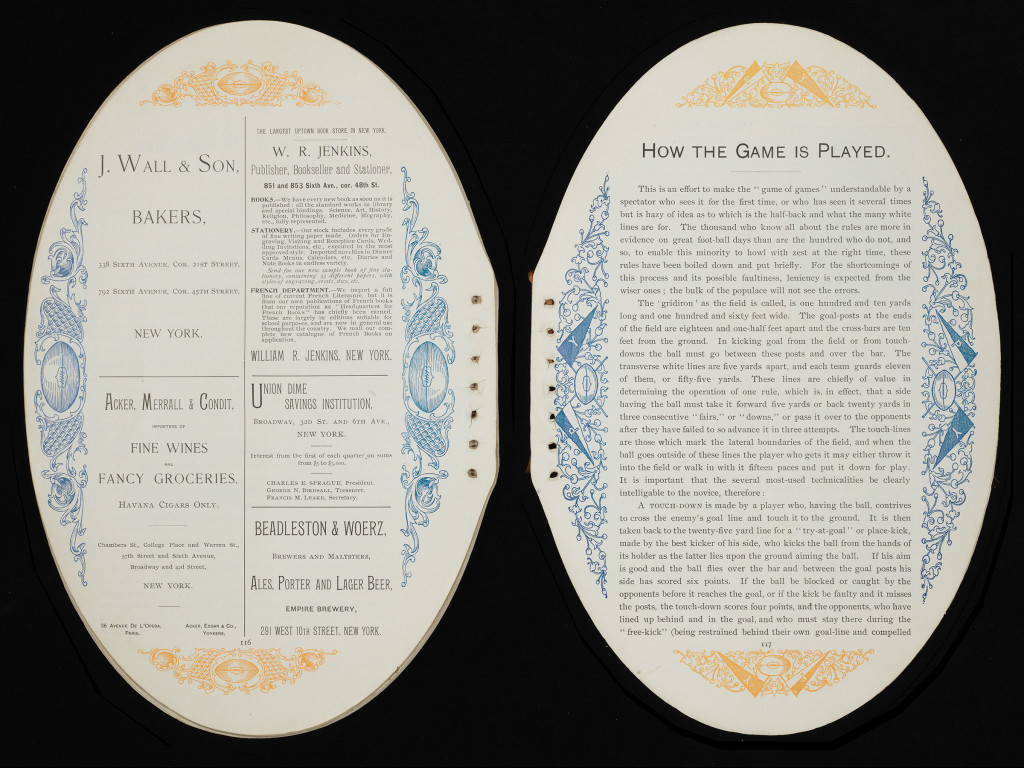Please join us for the following event being hosted in Rare Books and Special Collections:
Thursday, August 25 at 5:00pm | The Italian Research Seminar: “Sandro Botticelli on Facing in Dante’s Paradiso” – Heather Webb (Cambridge). Sponsored by Italian Studies at Notre Dame.
In other news, the July spotlight exhibit featuring a recently acquired Piranesi volume will soon be changed out for the August spotlight exhibit highlighting the Elisabeth Markstein Archive.
The spring and summer exhibit Vestigia Vaticana will remain on display through August 15. After that, the fall exhibit will be installed: Ingenious Exercises: Print and Physical Culture in Early Modern Europe, 1500-1800.
Watch for news about a new Fall semester spotlight exhibit soon!
